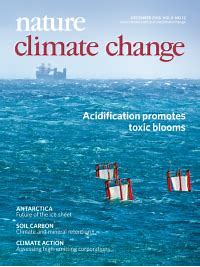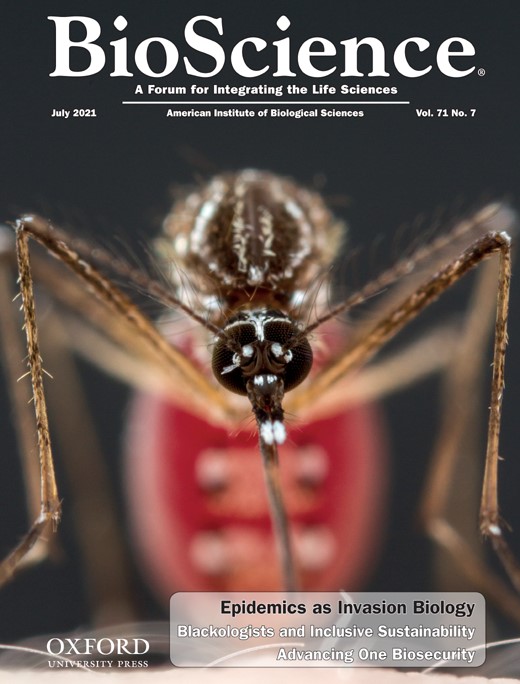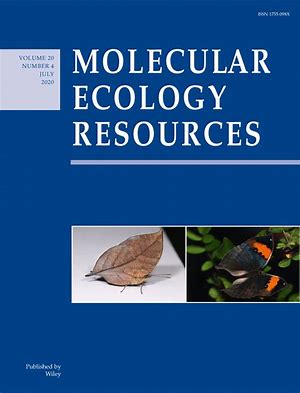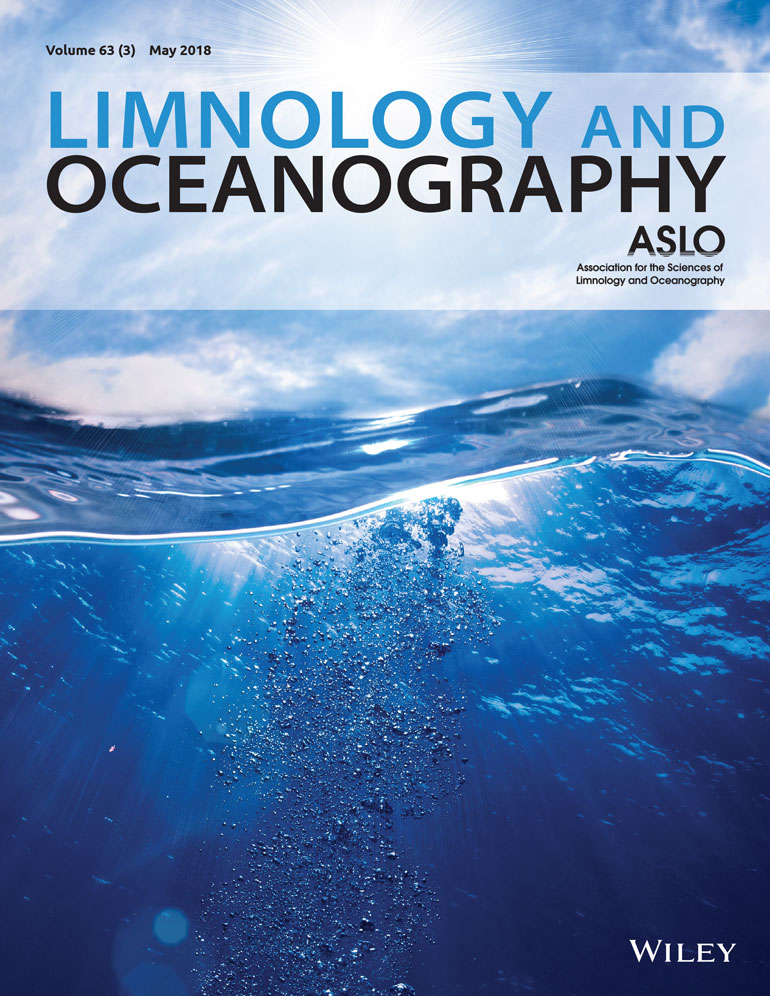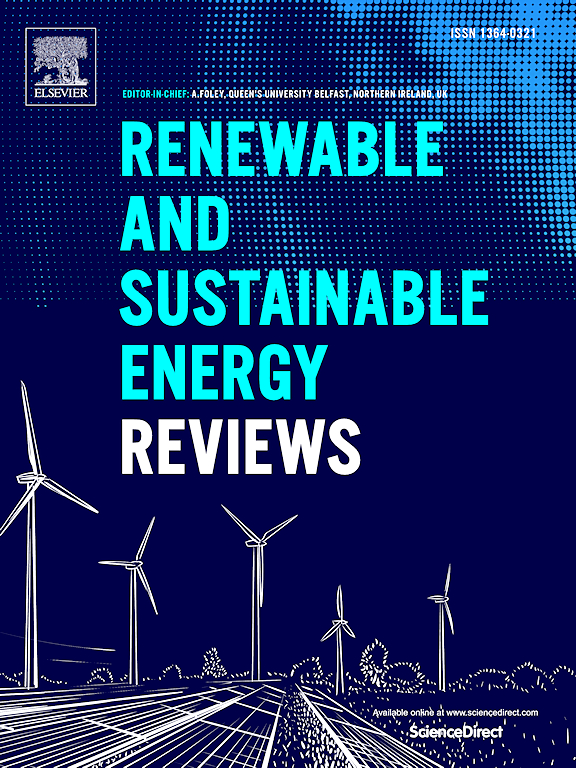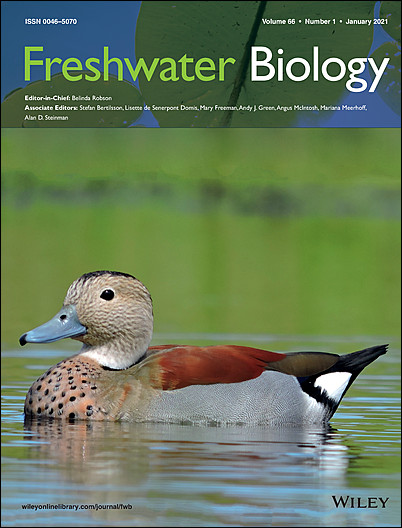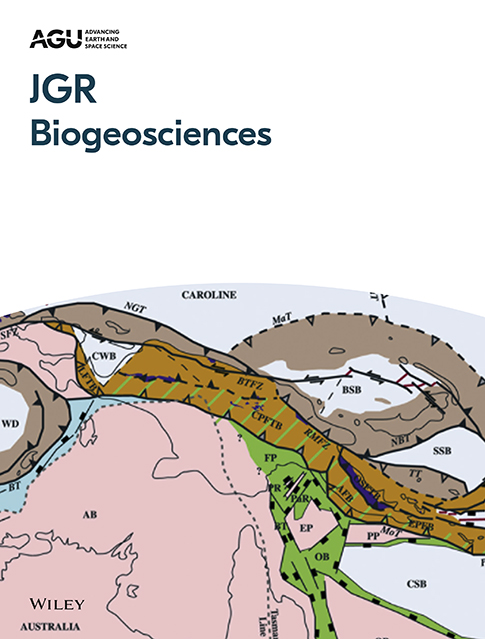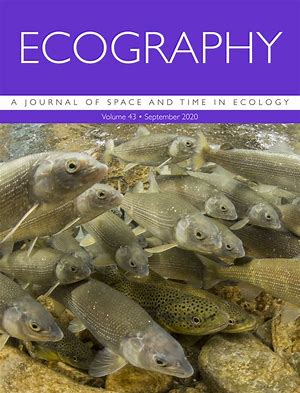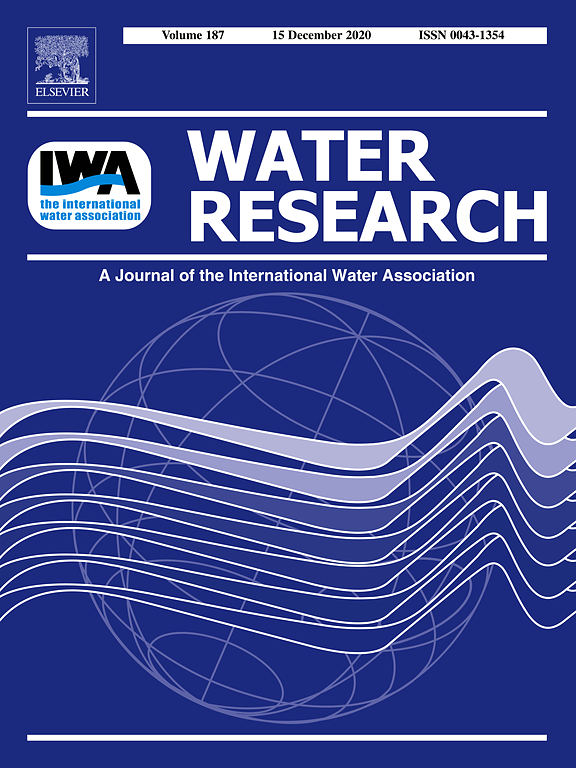- Department:(Dept. 2) Community and Ecosystem Ecology
Climate change drives widespread shifts in lake thermal habitat
The authors have quantified the long-term temperature changes in 139 lakes worldwide. They analysed shifts in thermal habitats and found that as lakes warm, species will need to shift to different depths or seasons. Lakes in the tropics are particularly affected.
Viewing emerging human infectious epidemics through the lens of invasion biology
A research team has studied the close relationships between infectious diseases and biological invasions. The "One Health" approach considers the health of humans as well as animals, plants and other elements of the environment to prevent pandemics and the spread of invasive alien species.
Improving the reliability of eDNA data interpretation
Molecular survey methods detecting DNA released by target-species into their environment (eDNA) provide cost-effective tools for conservation, yet such eDNA-based methods are prone to errors. The authors synthesized recent advances in data processing tools that increase the reliability of interpretations drawn from eDNA data.

Four priority areas to advance invasion science in the face of rapid environmental change
Invasion science is the systematic investigation of the causes and consequences of biological invasions. The authors identified four priority areas to advance the field in the Anthropocene: (1) predicting impacts of biological invasions, (2) understanding synergisms of multiple environmental stressors, (3) resolving the taxonomic impediment, and (4) enhancing international biosecurity.
The extent and variability of storm-induced temperature changes in lakes measured with long-term and high-frequency data
The authors analyzed 18 long-term high-frequency lake datasets to assess the magnitude of wind- vs. rainstorm-induced changes in epilimnetic temperature. They found small day-to-day epilimnetic temperature decreases in response to strong wind and heavy rain during stratified conditions, but day-to-day temperature change, in the absence of storms, often exceeded storm-induced temperature changes.
A review of hydropower plants in Romania: distribution, current knowledge, and their effects on fish in headwater streams
Hydropower is renewable, but mostly not environmentally friendly. The study shows for Romania how the expansion of hydropower runs counter to the goals of EU environmental policy. Hydropower conflicts with the requirements of the Flora-Fauna-Habitat Directive and the European Water Framework Directive: around half of the hydropower plants in Romania are located in nature conservation areas.
Incomplete recovery of a shallow lake from a natural browning event
The authors investigated the recovery of a small, temperate shallow lake from a strong flooding-induced browning and nutrient loading event. Concentrations of dissolved organic carbon and phosphorus remained elevated and affected primary production despite water levels dropping to pre-flood levels indicating consequences of extreme precipitation for lake water quality and aquatic food webs.
Exploring the suitability of ecosystem metabolomes to assess imprints of brownification and nutrient enrichment on lakes
In the Lake Stechlin Lake Lab facility, the researchers tested whether dissolved molecules retain information about past and present alterations of lakes. They found that UV or microbial activities left measurable imprints on dissolved compounds, emphasising the relevance of the "ecosystem metabolome" to monitor the functioning and quality of lakes.
What factors increase the vulnerability of native birds to the impacts of alien birds?
Alien birds can have severe impacts on native birds. The authors wanted to find out whether there are certain factors that make some native bird species more vulnerable to such impacts than others. They identified several factors that increase vulnerability, as well as specific orders of native birds that may require protection, and locations where impacts may be particularly damaging.
Disentangling the direct and indirect effects of agricultural runoff on freshwater ecosystems subject to global warming: a microcosm study
Microcosm experiments were performed to disentangle the direct and indirect effects of agricultural runoff (ARO) combined with warming on primary producers and their consumers in freshwaters. Negative effects of ARO on snail grazers affected the balance between functional groups of primary producers leading to a dominance of periphyton.The effect was enhanced when ARO arrived in multiple pulses.


